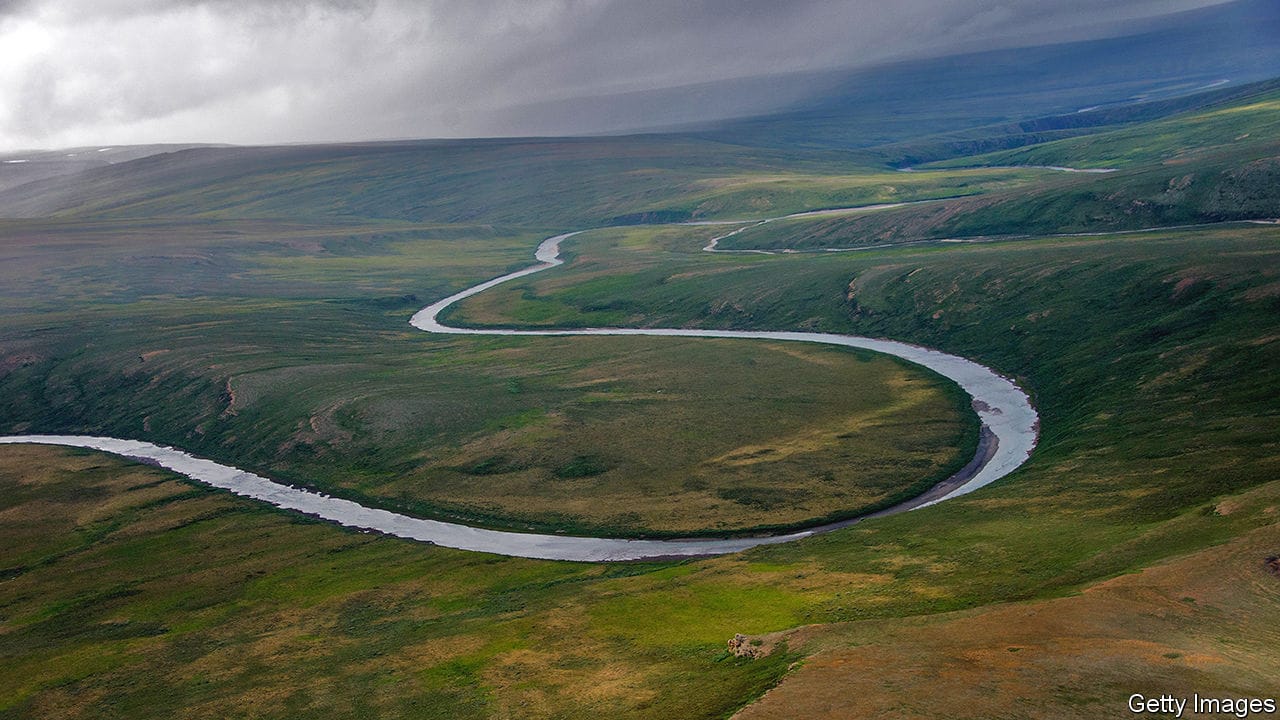Between the borders
The idea of European unity is more complicated than its supporters or critics allow

OF ALL the glories contained in the French foreign ministry, the most glorious is the Salon de l’Horloge. Sumptuous in gold and marble, graced by chandeliers and silks, washed with light slanting up from the River Seine, this is where old men thrashed out the Treaty of Versailles after the first world war. The Kellogg-Briand pact was signed here in 1928, pledging to outlaw the aggressive resort to arms for ever. And, on April 18th 1951, exalted by the trappings of empire, ministers from West Germany, Italy, France and the three Benelux countries put their names to the Treaty of Paris, the founding document of what, four decades later, was to become the European Union.
This article appeared in the Essay section of the print edition under the headline “Between the borders”
More from Essay

Solar power is going to be huge
An energy source that gets cheaper and cheaper is a wonderful thing

How AI could change computing, culture and the course of history
Expect changes in the way people access knowledge, relate to knowledge and think about themselves

The Alaskan wilderness reveals the past and the future
The oil flows more slowly, the climate changes more quickly
How a free and open Hong Kong became a police state
It was a long time in the planning
Viruses have big impacts on ecology and evolution as well as human health
They are ubiquitous, diverse and very powerful
The South Asian monsoon, past, present and future
A story of famines and trade, science and cupidity
